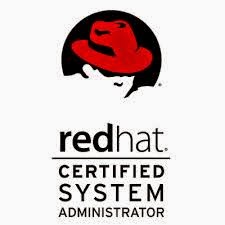Uninstalling a Software through Group Policy
On the Windows Taskbar, click Start > Programs > Administrative Tools > Group Policy Management . The version of Windows that you use may display All Programs instead of Programs in the Start menu. In the Group Policy Management window, in the console tree, expand the domain, expand Computer Configuration , expand Software Settings , right-click Software Installation , and then click Properties . On the Advanced tab, check Uninstall this application when it falls out of the scope of management , and then click OK . In the right pane, right-click the software package, and then click Remove . In the Remove Software dialog box, check Immediately uninstall the software from users and computers , and then click OK . Close the Group Policy Object Editor window, and then close the Group Policy Management window. The software uninstalls when the client computers are restarted.
